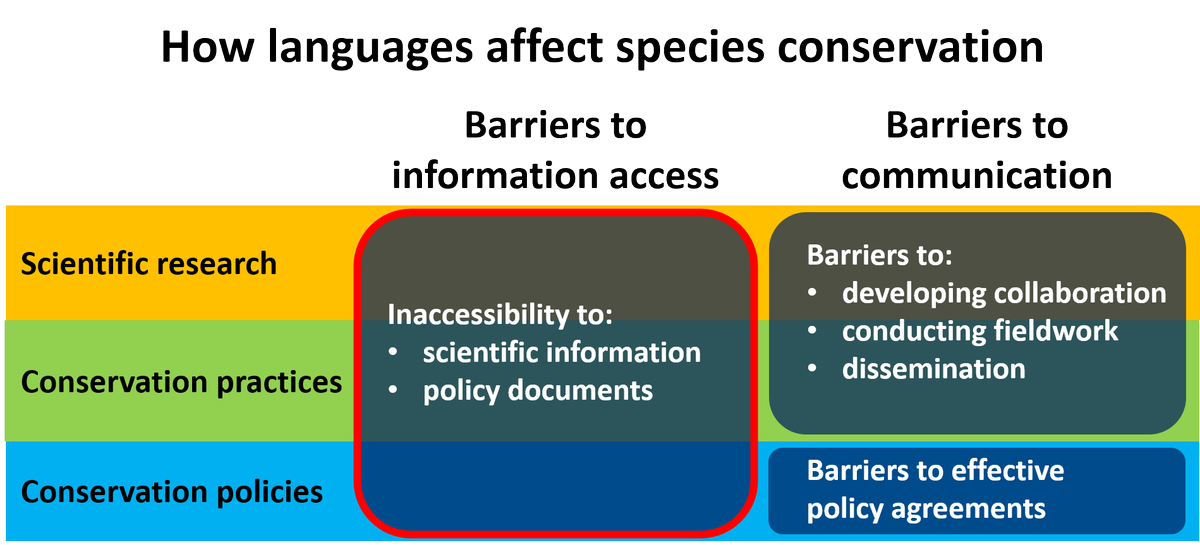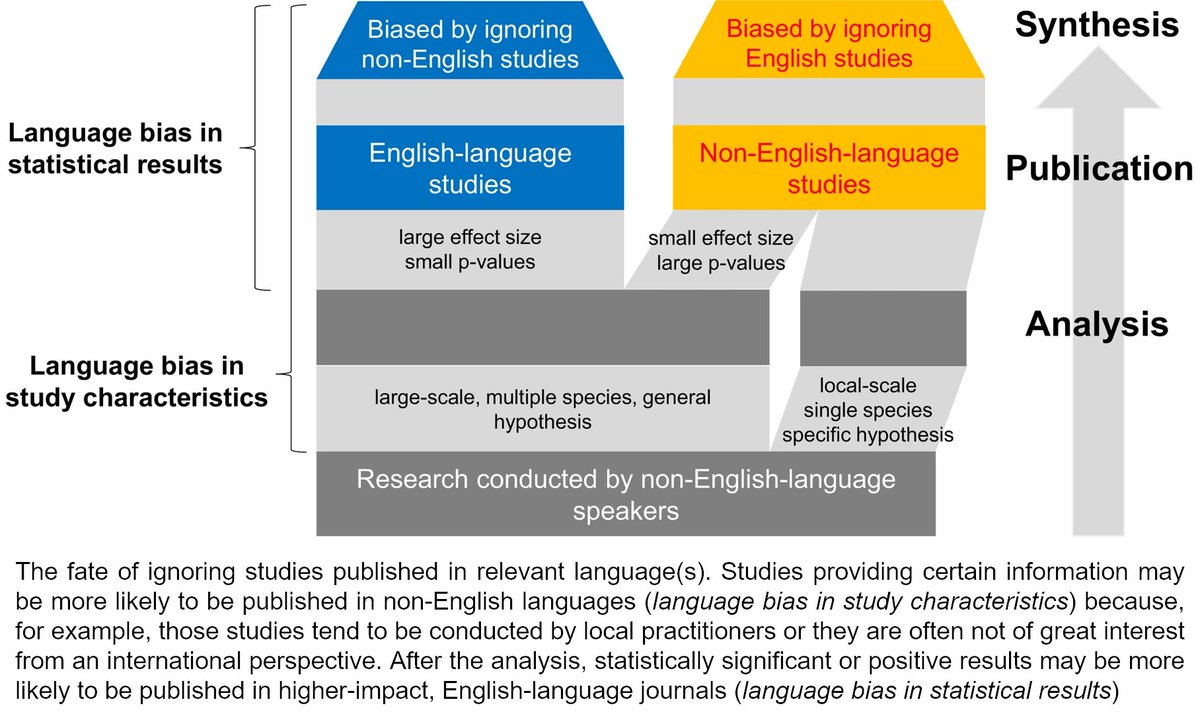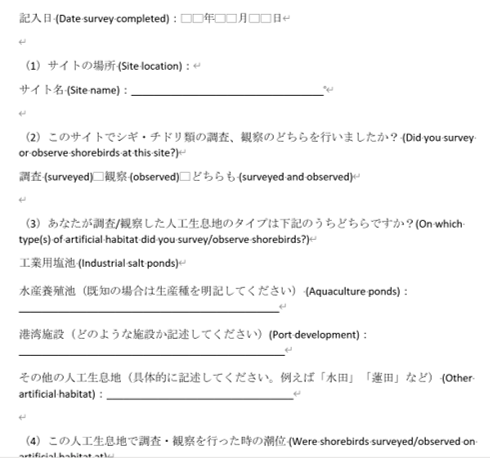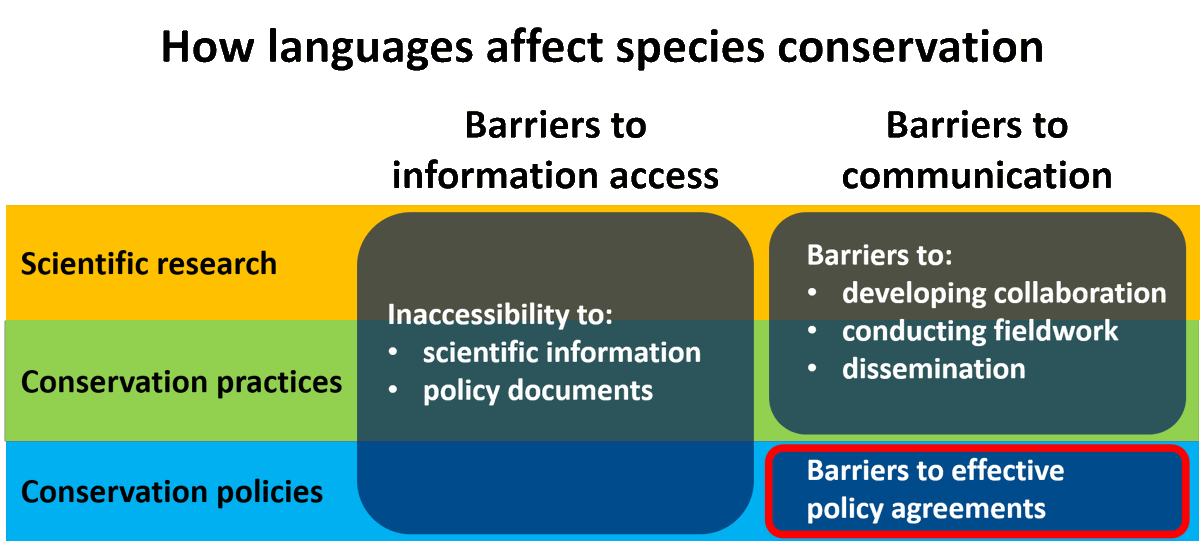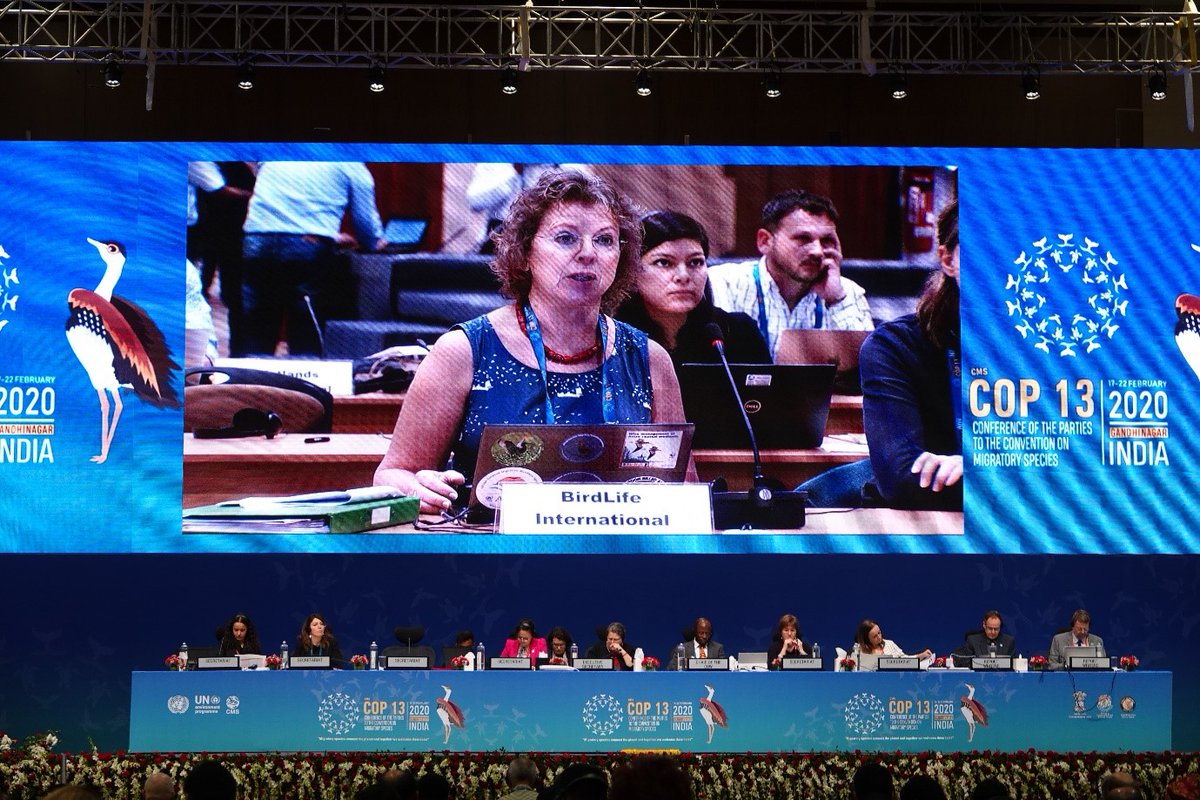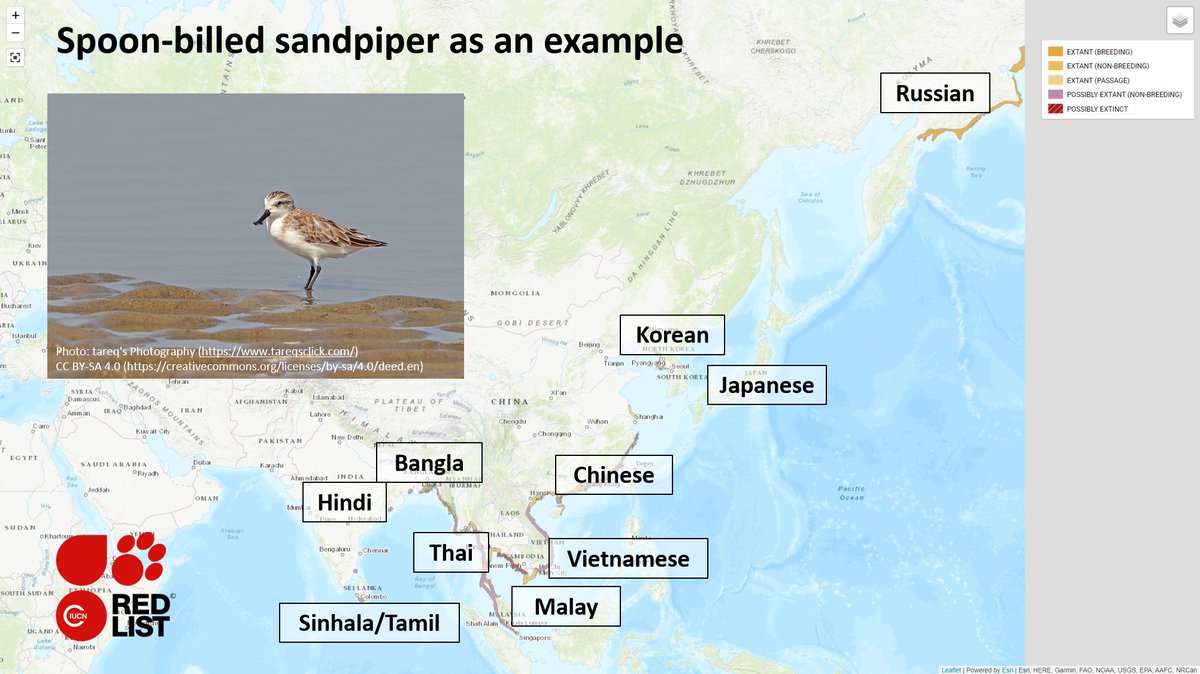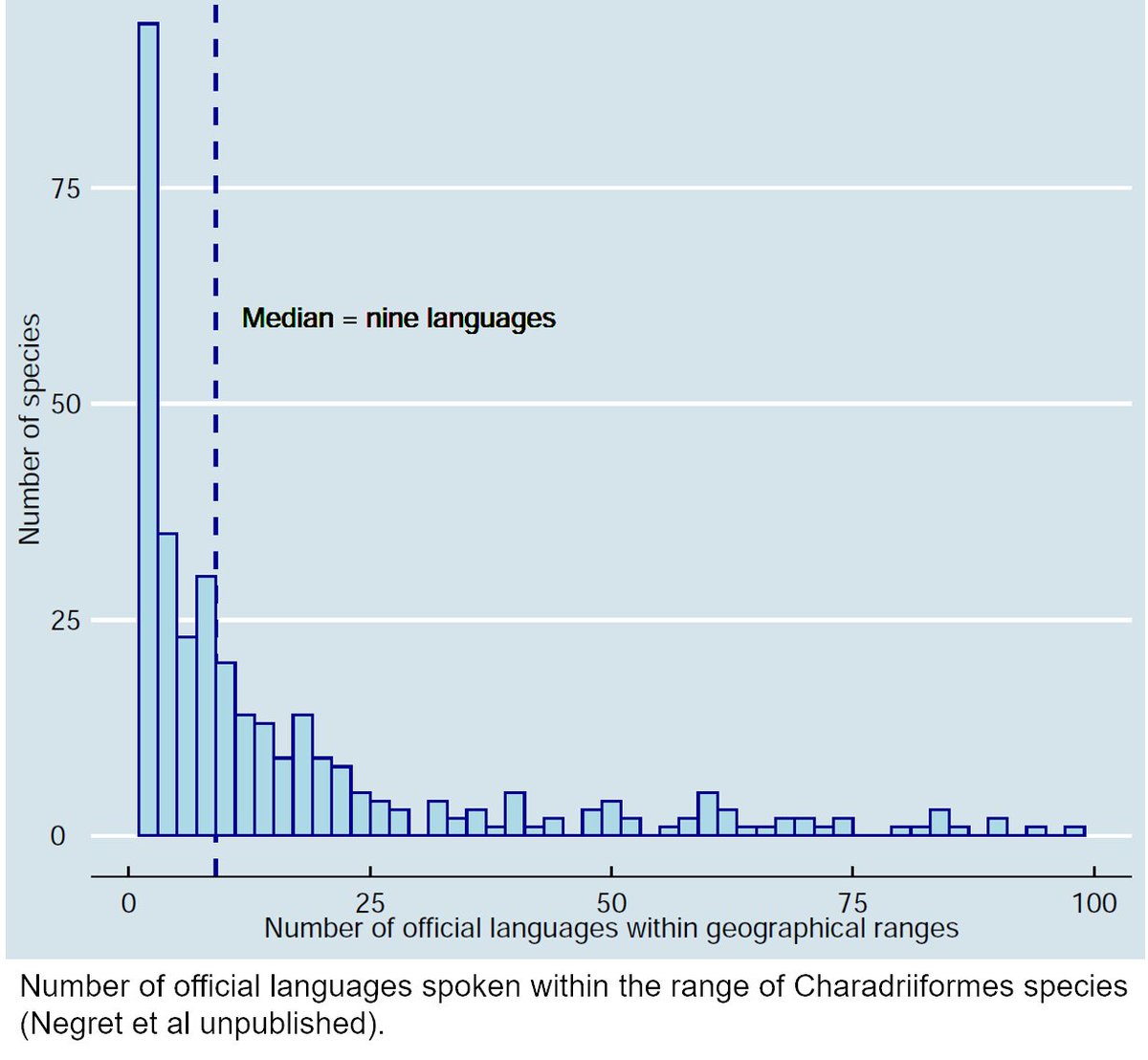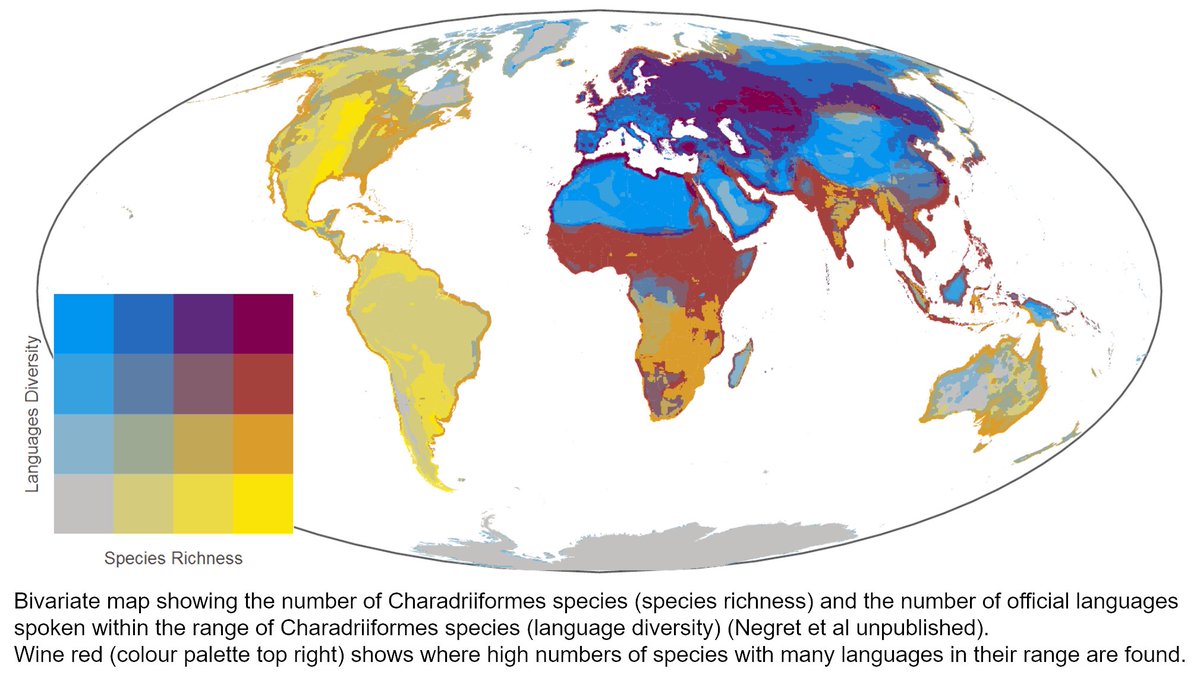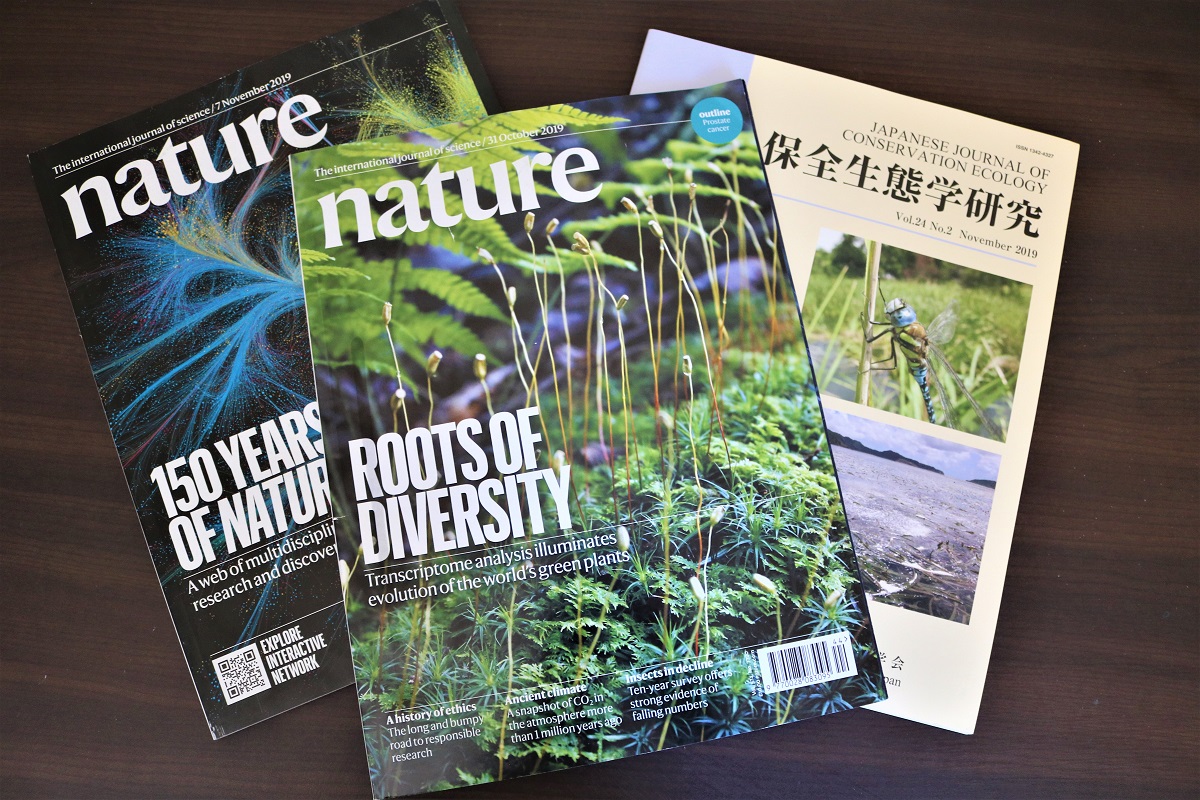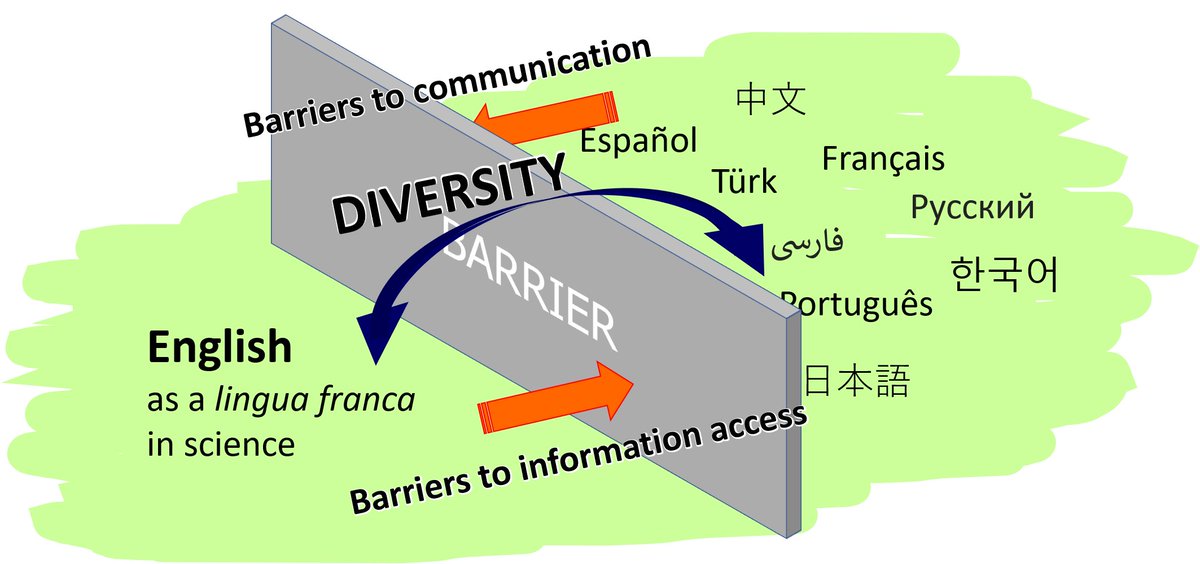1 #ISTC20 #Sesh7 OK here’s a thread on #languagebarriers. Yes you are in the right conference. This is still about shorebirds. What I mean is I will explain how language barriers can affect the conservation of shorebirds (or any other species). So don’t leave! #ornithology
#ISTC20 #Sesh7 I will also tweet the same content in Japanese during the break after Session 7. Sadly I am not fluent enough to tweet in other languages, but feel free to translate my tweets into any language! セッション7後の休憩時間中に日本語でもツイートしますのでご覧ください。
2 #ISTC20 #Sesh7 So, why languages? Shorebirds’ incredible migration (image: @GlobalFlyway) means their annual cycles span across multiple countries, and this poses a challenge to conservation, as we need to coordinate across countries, where the language is often different.
3 #ISTC20 #Sesh7 For shorebirds (or any species) language affects research, conservation practices & policies through these processes. First, a species’ distribution spanning across countries means important information on the species might be scattered across different languages
4 #ISTC20 #Sesh7 Surely, all important information must be available in English? Well, did you know that one-third of scientific documents on conservation may be available only in languages other than English? https://doi.org/10.1371/journal.pbio.2000933">https://doi.org/10.1371/j...
5 #ISTC20 #Sesh7 Searching articles with Charadriiformes species names on Scopus, we found 17,415 articles in English vs 2,073 in 24 other languages. We found even more non-English-language articles on domestic databases (eg 27 Japanese articles on Scopus vs 156 on J-STAGE).
6 #ISTC20 #Sesh7 Can we ignore scientific information published in non-English languages? We tested this in this paper and found that ignoring non-English-language studies could bias conclusions in ecological meta-analyses. https://doi.org/10.1002/ece3.6368">https://doi.org/10.1002/e...
7 #ISTC20 #Sesh7 Here is a shorebird example. Occurrence records published in Russian were key to @hannahchoppie ‘s paper on climate-driven loss of breeding habitat for Arctic shorebirds: https://doi.org/10.1111/gcb.13404">https://doi.org/10.1111/g... but language barriers could impede access to such information.
8 #ISTC20 #Sesh7 Next, for a species found in multiple countries, you need to collaborate, do fieldwork, and disseminate research/actions across these countries, but language barriers are a known impediment to such international collaboration: https://doi.org/10.1080/08989621.2020.1774373">https://doi.org/10.1080/0...
9 #ISTC20 #Sesh7 Example: Micha Jackson @UQ_CBCS had to overcome such language barriers, eg through translations, when collecting information on artificial habitats used by shorebirds from experts across East & Southeast Asian countries for this paper https://doi.org/10.1016/j.biocon.2020.108591.">https://doi.org/10.1016/j...
10 #ISTC20 #Sesh7 Another process where language matters for shorebird conservation is language barriers to the dissemination of research/conservation. Your message, if sent out in a single language, is unlikely to be delivered widely across countries where the species is found.
11 #ISTC20 #Sesh7 For example, #HKBWS and @wbsj_tsubame made this educational material on spoon-billed sandpipers in 5 languages. This requires much more effort than just producing it in one language but it’s needed for the material to be used by local educators across countries.
12 #ISTC20 #Sesh7 Language barriers can also impede effective policy agreements among countries, which is obviously key to successful shorebird conservation. Admittedly I’m no policy expert, so this part is largely thanks to productive discussions with @numenini.
13 #ISTC20 #Sesh7 In treaties on migratory species (eg @BonnConvention), formal documents and simultaneous translation are primarily in English, French, Spanish and sometimes German or Mandarin, which could disadvantage those whose first language is not covered. Photo @EAAFP
14 #ISTC20 #Sesh7 So, language barriers can get in the way of effective and inclusive policy agreements realised through multiple pathways including the selection of country representatives, chairs & coordinators, and both formal and informal negotiations.
15 #ISTC20 #Sesh7 Now let’s see which species might be particularly affected by such language barriers. Our work led by @Pablo_Negret looked at language diversity within each species’ range by counting the number of official languages used in countries where each species is found
16 #ISTC20 #Sesh7 We found a median of 9 official languages used in the range of Charadriiformes species. Top 3 with the largest number of languages were: Eurasian curlews (98 languages), common sandpipers (95) and black-tailed godwits (91) – all extremely wide-ranging species.
17 #ISTC20 #Sesh7 It makes sense that wide-ranging species are associated with more languages, and most species flying over many languages are not necessarily threatened now. But you can see some Critically Endangered/Endangered species also have over 15 languages in their range.
18 #ISTC20 #Sesh7 They are: sociable lapwings (CR, 22 languages), far eastern curlews (EN, 16) and great knots (EN, 16). These species already attract much research/conservation attention, but this may indicate that language barriers could be a key to their conservation.
19 #ISTC20 #Sesh7 We found especially high numbers of Charadriiformes species with many languages in their range in areas shown in wine red here. Overcoming language barriers may play an especially important role in conserving shorebirds there (e.g., Kazakh Steppe).
20 #ISTC20 #Sesh7 So we now know why language barriers matter for shorebird conservation and here are my thoughts on how to tackle this issue. 1st, for research/conservation, use information sourced from multiple languages, especially languages associated with your species.
21 #ISTC20 #Sesh7 2nd, invest in multiple language dissemination. Write your paper abstracts, blog posts and summaries for policy makers in the relevant languages. Engage local media. Setting aside costs for multi-lingual dissemination in grant proposals is a good idea.
22 #ISTC20 #Sesh7 3rd, actively involve people with diverse language/cultural backgrounds in your work and listen to them. Raising diversity improves science and conservation (e.g., https://www.nature.com/articles/s41467-018-07634-8),">https://www.nature.com/articles/... especially for species associated with many languages.
23 #ISTC20 #Sesh7 Shorebirds flying over the Tower of Babel likely don’t care what languages are spoken down below. But as humans doing research & conservation while speaking different languages at the foot of the tower, I believe we need to start tackling this issue seriously.
24 #ISTC20 #Sesh7 Lastly, our translatE project ( https://translatesciences.com/ )">https://translatesciences.com/">... applies scientific approaches to address language barriers in science & improve biodiversity conservation. Find this interesting? Let’s tackle this overlooked issue & make the world a better place! END

 Read on Twitter
Read on Twitter

